AC vs. DC Power: What's the Difference for Electric Vehicles?
EV Connect
FEBRUARY 7, 2022
Electric vehicle charging stations use both alternating current (AC) and direct current (DC) to power EVs. Read on to learn about the differences between both types of electric power, as well as the pros and cons of each. Edison championed DC power, which started as the standard electricity in the United States.

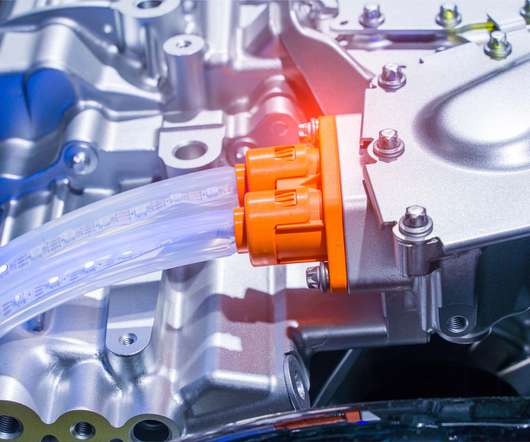
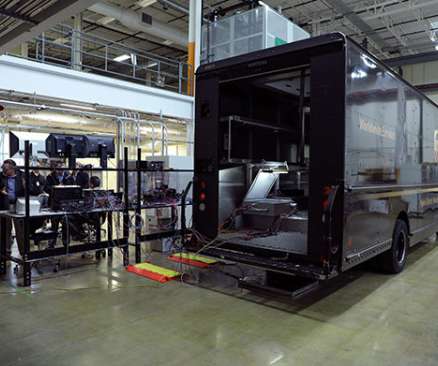
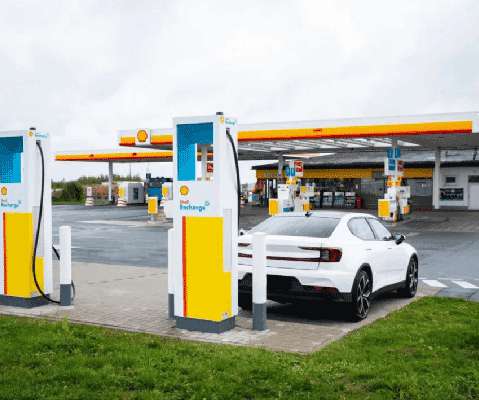
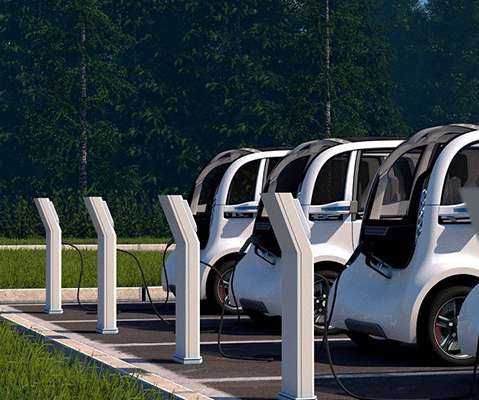
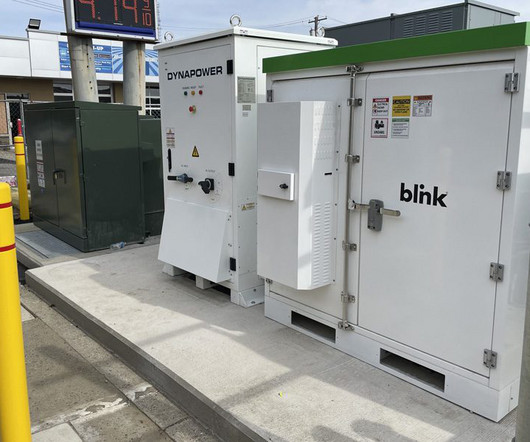
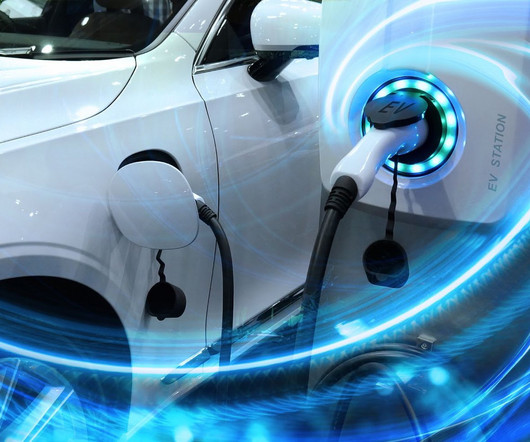



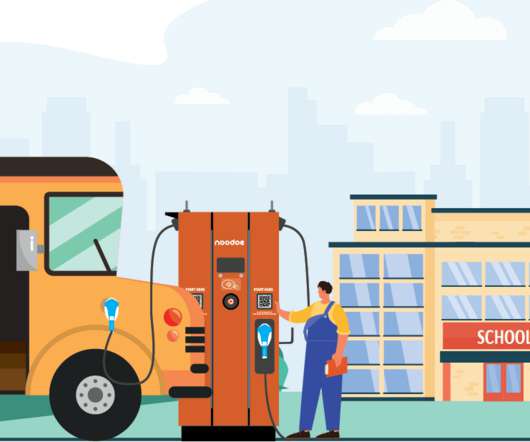








Let's personalize your content